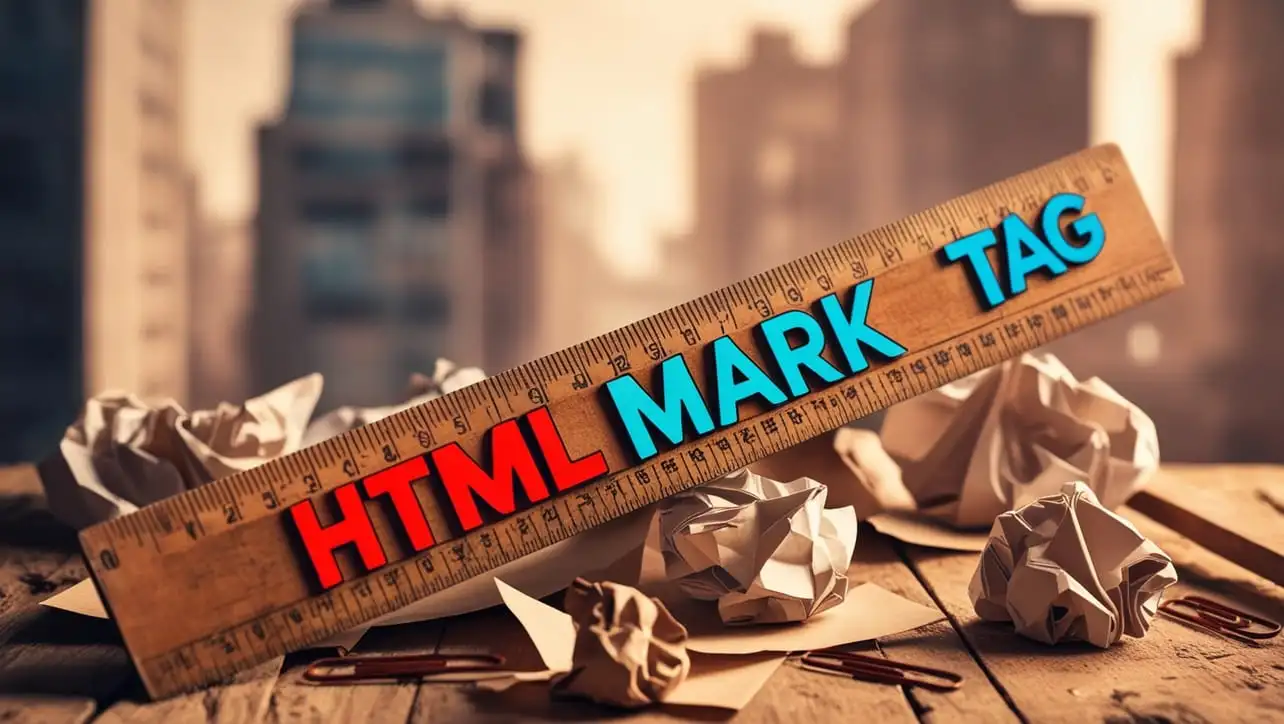
HTML Topics
- HTML Intro
- HTML Basic
- HTML Editors
- HTML CSS
- HTML Tags
- <!--...-->
- <!DOCTYPE>
- <a>
- <abbr>
- <address>
- <area>
- <article>
- <aside>
- <audio>
- <b>
- <base>
- <bdi>
- <bdo>
- <bgsound>
- <blink>
- <blockquote>
- <body>
- <br>
- <button>
- <canvas>
- <caption>
- <cite>
- <code>
- <col>
- <colgroup>
- <data>
- <datalist>
- <dd>
- <del>
- <details>
- <dfn>
- <dialog>
- <div>
- <dl>
- <dt>
- <em>
- <embed>
- <fieldset>
- <figcaption>
- <figure>
- <footer>
- <form>
- <h1> to <h6>
- <head>
- <header>
- <hgroup>
- <hr>
- <html>
- <i>
- <iframe>
- <img>
- <input>
- <ins>
- <kbd>
- <label>
- <legend>
- <li>
- <link>
- <main>
- <map>
- <mark>
- <menu>
- <meta>
- <meter>
- <nav>
- <noscript>
- <object>
- <ol>
- <optgroup>
- <option>
- <output>
- <p>
- <param>
- <picture>
- <pre>
- <progress>
- <q>
- <rp>
- <rt>
- <ruby>
- <s>
- <samp>
- <script>
- <search>
- <section>
- <select>
- <small>
- <source>
- <span>
- <strong>
- <style>
- <sub>
- <summary>
- <sup>
- <svg>
- <table>
- <tbody>
- <td>
- <template>
- <textarea>
- <tfoot>
- <th>
- <thead>
- <time>
- <title>
- <tr>
- <track>
- <u>
- <ul>
- <var>
- <video>
- <wbr>
- HTML Deprecated Tags
- HTML Events
- HTML Event Attributes
- HTML Global Attributes
- HTML Attributes
- HTML Comments
- HTML Entity
- HTML Head
- HTML Form
- HTML IndexedDB
- HTML Drag & Drop
- HTML Geolocation
- HTML Canvas
- HTML Status Code
- HTML Language Code
- HTML Country Code
- HTML Charset
- MIME Types
HTML mark Tag

Photo Credit to CodeToFun
🙋 Introduction
In the landscape of HTML, the <mark> tag stands out as a simple yet powerful tool for highlighting text within your web content.
This guide will navigate you through the ins and outs of using the HTML <mark> tag effectively.
🤔 What is <mark> Tag?
The <mark> tag is a semantic HTML element designed to highlight parts of text within a document. It provides a straightforward way to bring attention to specific words or phrases without altering the structure or meaning of the content.
💡 Syntax
To implement the <mark> tag, enclose the text you want to highlight within the opening <mark> and closing </mark> tags.
<mark>Your Highlighted Text Here</mark>🧰 Attributes
The <mark> tag does not have specific attributes, keeping its usage simple and focused. However, you can combine it with other HTML elements or apply styling through CSS for further customization.
<p>This paragraph contains some <mark>important</mark> information.</p>📚 Common Use Cases
Highlighting Important Information:
The primary purpose of the
<mark>tag is to visually distinguish and emphasize particular words or phrases.Highlighting.htmlCopied<p>Make sure to pay <mark>attention</mark> to the following instructions.</p>Search Results:
The
<mark>tag is often used in search results pages to highlight the matched search terms.search-results.htmlCopied<p>Search results for "<mark>web development</mark>" include various tutorials and resources.</p>
🖥️ Browser Support
Understanding the compatibility of the <mark> tag across different browsers is essential for delivering a consistent user experience. Here's an overview of its support:
- Google Chrome: Fully supported.
- Mozilla Firefox: Fully supported.
- Microsoft Edge: Fully supported.
- Safari: Fully supported.
- Opera: Fully supported.
- Internet Explorer: Partial support (some versions may have limitations).
Ensure you test your code in various browsers to guarantee a seamless experience for your audience.
🏆 Best Practices
- Use the
<mark>tag sparingly to avoid overwhelming the reader with excessive highlights. - Ensure that the highlighted text is relevant and adds value to the content.
- Combine with CSS styles if you need additional customization.
🎉 Conclusion
The HTML <mark> tag is a valuable tool for drawing attention to specific text within your web content. By following best practices and considering browser compatibility, you can effectively enhance the readability and user experience of your pages.
👨💻 Join our Community:
Author

For over eight years, I worked as a full-stack web developer. Now, I have chosen my profession as a full-time blogger at codetofun.com.
Buy me a coffee to make codetofun.com free for everyone.
Buy me a Coffee












If you have any doubts regarding this article (HTML mark Tag), please comment here. I will help you immediately.